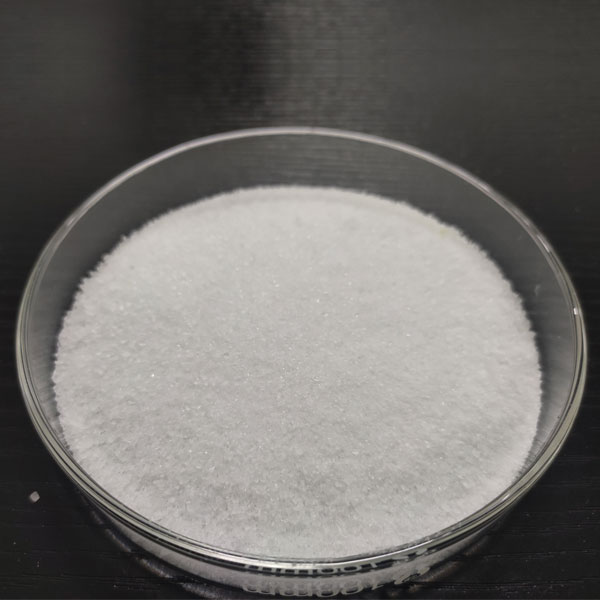Compound method of Polycarboxylic Acid Superplasticizer agent
1. Compound with traditional water reducer
The molecular structure of polycarboxylic acid water-reducing agent is artificially designed, and it is mostly “comb” or “dendritic”. Its molecular main chain is connected with multiple branches with a certain length and rigidity. The sulfonate or other groups that charge the cement particles, once the main chain is adsorbed on the surface of the cement particles, the branches form a three-dimensional intersection with the branches on the surface of other particles, preventing the particles from approaching each other, thereby achieving dispersion. The molecules of traditional water reducing agents are all linear structures. Once the molecules are adsorbed on the surface of cement particles, the molecular sulfonate groups charge the surface of the cement particles to form an electric field. Because the charged particles repel each other, the particles are dispersed in the medium to achieve Water reducing effect. The ratios of the effective components of the two are different, and the molecular weights are different. If they are used together, they will cause adverse reactions and make the concrete inoperable.
2. Compounded with retarder
Due to the large slump loss of naphthalene series superplasticizers, the previous superplasticizers often use compound retarders to solve this problem. There are many kinds of retarders, and their adaptability to polycarboxylic acid water-reducing agents is not exactly the same. Among them, sodium citrate is not suitable for compounding with polycarboxylic acid water reducers. It is not only unable to retard the setting effect when it is compounded with Polycarboxylic Acid Superplasticizer agent, but may cause coagulation acceleration, and the miscibility of sodium citrate solution and Polycarboxylic Acid Superplasticizer agent is also very poor. The sugar retarder, which is the same as the retarding modification component of the naphthalene-based water-reducing agent, is mainly sodium gluconate. It has good operability when compounded with the polycarboxylic acid-based water-reducing agent, and its retarding effect is good. It also has the effect of increasing the strength of concrete under the condition of proper dosage.
3. Compounded with defoamer and air-entraining agent
In the concrete structure, not all bubbles are beneficial. It is generally considered that bubbles with small bubble diameter (, uniform distribution and stable structure are beneficial bubbles; on the contrary, bubbles with large bubble diameter and different sizes, uneven and unstable bubbles It is harmful bubbles. Therefore, defoamers and air-entraining agents are often used in engineering to adjust the quantity and quality of the internal pore structure of concrete, so as to achieve the purpose of improving certain properties of concrete. The technology of “eliminate first and introduce later” is used to reduce polycarboxylic acid. Water agent treatment can achieve obvious effects. But not every defoamer, air-entraining agent is suitable for compounding with polycarboxylic acid water-reducing agent, and more attention should be paid when using it.
4. Compounded with sodium gluconate
With the increase of sodium gluconate content, the initial slump of concrete showed an increasing trend, and the 60min slump showed an increasing trend, but the loss was small. In addition, if sodium gluconate is supersaturated, the concrete is also prone to bleeding and sinking.
5. Compounded with defoamer
As the amount of defoamer increases, the initial slump of concrete increases first and then decreases, and the slump decreases. The initial slump of the concrete increases first, and the main reason is that the defoaming agent reduces the large, non-uniform size, uneven, and unstable harmful bubbles in the concrete. As the amount of defoamer increases, the beneficial bubbles are eliminated, and the initial slump of the concrete begins to decrease again. It was also found in the test that as the amount of defoamer increased, the workability of concrete began to deteriorate.


